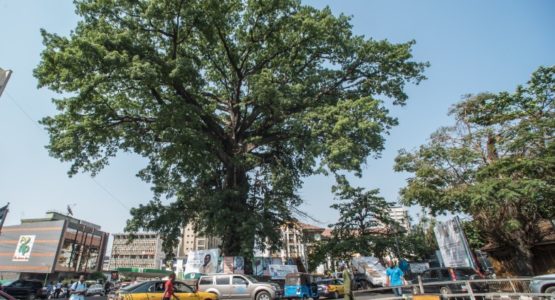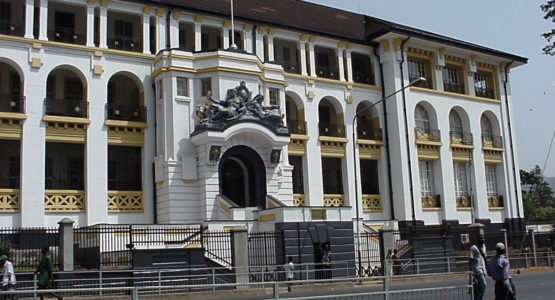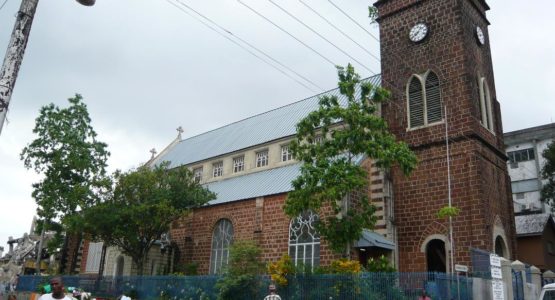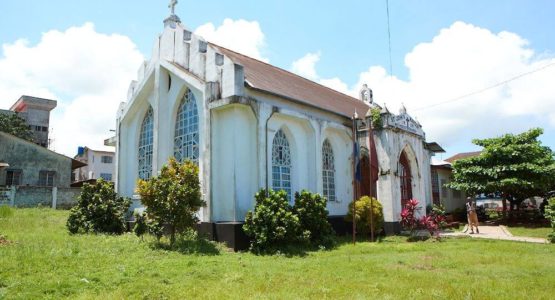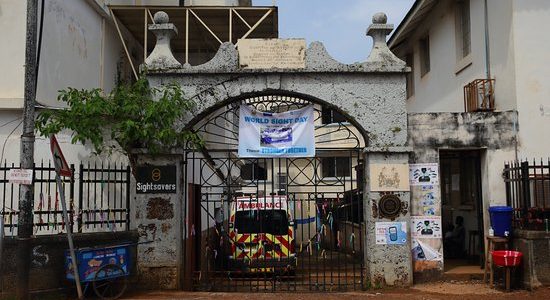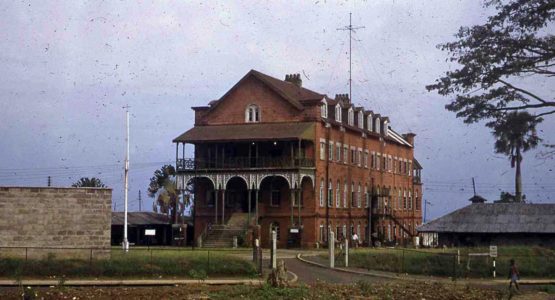The Cotton Tree
The Cotton Tree is a unique landmark that represents the great history of Freed Slaves in the Free land called Sierra Leone with a defining Capital City name called “FREETOWN” The Cotton Tree is said to be over 500 years Old. During the arrival of the returnees (Black Freed Slaves) this unique landmark was used to be a resting place and even a prayer ground for these people because of the shade of the tree. Naturally, the tree is said to be placed right at the City Center surrounded by almost all of the important administrative buildings.
The Law Court
The Law Court Building is a historical monument that has survived the test of times. The foundation Stone of this building was laid the by Duke of Connaught while on a royal visit.
St. George’s Cathedral
The Foundation Stone of St. George’s Cathedral was laid in 1817. The Church was opened and consecrated in 1828.St. George’s Cathedral Church was the head church of the diocese that included the Gambia, the Gold Coast now present-day Ghana, Nigeria, Morroco, Mauritania, and the Canaries.
St. Charles Church
St. Charles Church is recorded as the oldest church in Africa South of the Sahara. The Foundation stone of the church was laid in 1809 and the construction was completed in 1816. The church is named after Lt. Col. Sir. Charles McCarthy.
St. John’s Maroon Church
Historical Significance: Constructed around 1820 on land given as government grant, the Maroon church is one of the oldest places of worship in Freetown. The Maroons were the third group of original settlers of the colony who arrived in Freetown in 1800. At first, they worshipped with other settlers in the same churches, but with time their lack of involvement in the administration of these churches led to them demanding land to establish their own church. Apart from memorializing the term ‘Maroon’, the rafters are said to have been constructed from the timber of the boat that brought the Maroons to Freetown.
Gateway to the Old King’s Yard
Historical Significance: The significance of the gate lies in its previous use as an entrance to the king’s yard, the first assembly point for rescued slaves after their landing at King Jimmy Wharf.
Following the abolition of the slave trade in 1807 British Navy ships which plied the Atlantic were largely engaged in the suppression of slave traffic. Captured vessels were taken to the nearest British possession. In Freetown, a Court of Vice-Admiralty was set up in 1809 to deal with the legal aspects of the rescued slaves and the condemnation of the vessels which carried them.
Old Fourah Bay College Building
Historic Significance: Completed in 1848, the building is renowned to be the first University College in Black Africa. The building housed the Christian Missionary Society(CMS) Institution for training teachers and missionaries until 1876 when it was transformed into a university college. It served not only Sierra Leone, but the whole of British West Africa. Many prominent Sierra Leone citizens, including Samuel Ajayi Crowther, studied in this Institution.

